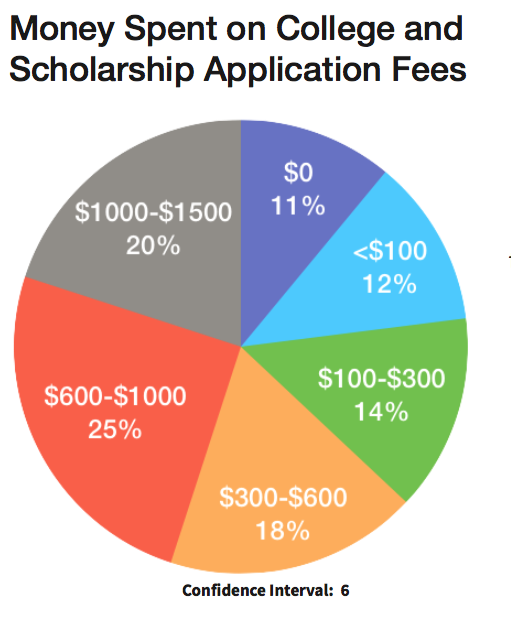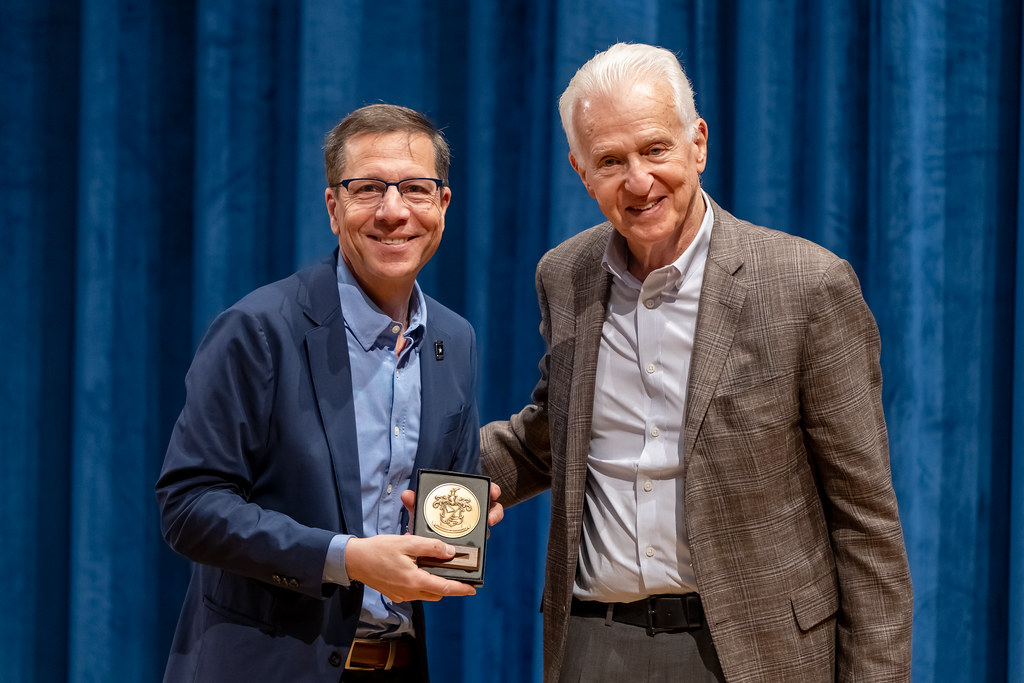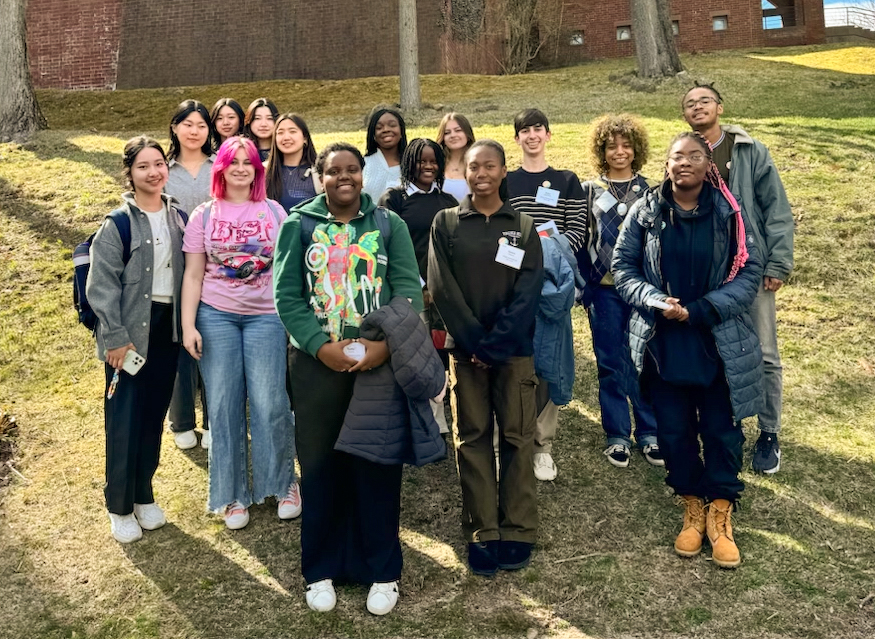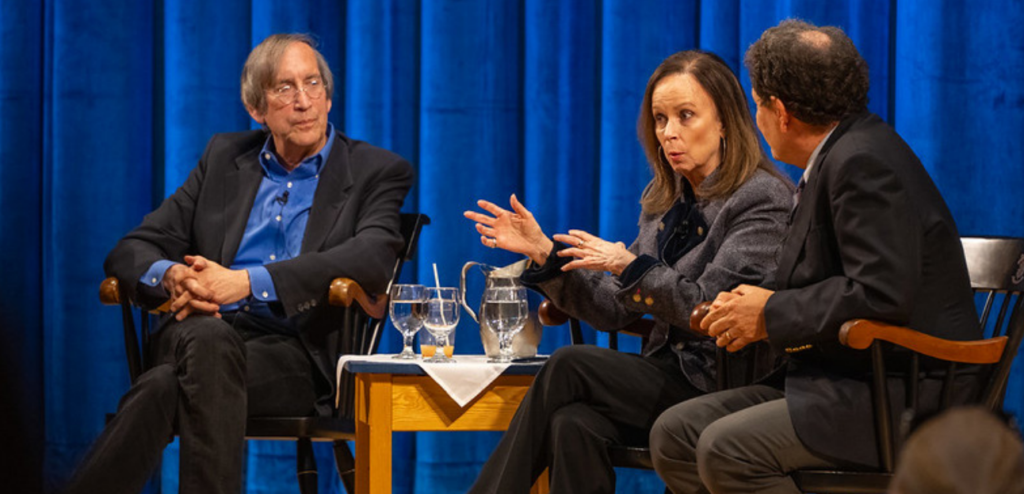Many people associate the college process with stress. As emotionally and mentally taxing as the process can be, it can also be financially demanding. As the college application season draws to a close and financial aid deadlines approach, seniors reflect on the costs of applying to college.
The cost of registration for the SAT without Essay is $45 and the SAT with Essay costs $57. An extra $28 is charged if a student is late to register or wants to change the date of testing. Additional services, such as the SAT Student Answer Service, a detailed score report, might also apply. Another popular choice is the ACT. Billing for the ACT operates on a similar basis, with different prices for the test with and without the essay, sending score reports, and additional costs for extra services. Ms. Marcia Landesman, Director of College Counseling, noted that “many students take each test two to three times.”
The costs for the SAT include free score reports to up to four colleges, if chosen at the time of registration. However, Ms. Landesman commented that despite this, students “often don’t know where they are applying when they take the exams.” Liv McCulloch ’17 added, “You wouldn’t want to send the scores if you did poorly, so you have to wait until you get your scores.” Each SAT score report not selected at the time of registration costs $12 to officially send to one college.
In addition, many colleges require or recommend more standardized testing scores, such as those for the SAT Subject Tests. Registration costs $26, with $20 per additional test. Some students believe Advanced Placement (AP) tests, which cost $110 per test, are a way to demonstrate thorough understanding of and special interest in a subject. It is also important to note that these figures exclude the cost of tutoring services many use to prepare for testing.
The costs of all of these standardized tests alone can add up to three-figure sums. This also means that while more financially privileged students are able to access test preparation, tutoring services, or multiple attempts at each test, many students are unable to afford such things. Choate partners with Summit Educational Group to offer test preparation services, and students’ financial aid through Choate may be applied to these courses.
McCulloch said, “Tutoring makes a huge difference. I only had a couple of tutoring sessions and that helped dramatically, so I can’t imagine getting tutored constantly throughout the year.”
Stephanie Grossman ’17 said, “Some students face advantages because of their financial standing. Students from higher socioeconomic backgrounds are presented with opportunities that other students are unable to afford. For example, some students enroll in ACT/SAT preparatory classes, which often times allow them experts’ opinions, practice problems, and a guided plan. Standardized testing is just one example of how students from higher-income families are able to get a leg up in the admissions process.”
The College Board and Khan Academy, a non-profit organization that publishes free educational videos, have teamed up to provide free online tutoring. However, only students with access to the Internet will be able to take advantage of these services.
The cost of standardized testing is only a fraction of the cost of the college application process. Top-tier college admissions can be very competitive; many students will go the extra mile to create an impressive résumé by attending summer camps, going on service trips, and utilizing an extra counseling service outside of school.
Ms. Landesman stated, “I would argue that those programs do not necessarily give any ‘edge’ at all; in fact, many admission officers are well aware of the costs and put just as much weight (if not more) on local service projects. They care more about authenticity and what a student learns than whether a program is far away and ‘exotic.’”
If students think schools consider “demonstrated interest,” meaning how interested a student appears to be in a school from actions such as visiting the school, emailing officers, and speaking with college fair representatives, many students will pay the travel costs of visiting colleges throughout junior year and senior years. However, certain colleges “sponsor trips for low income students so they can experience a campus visit,” according to Ms. Landesman.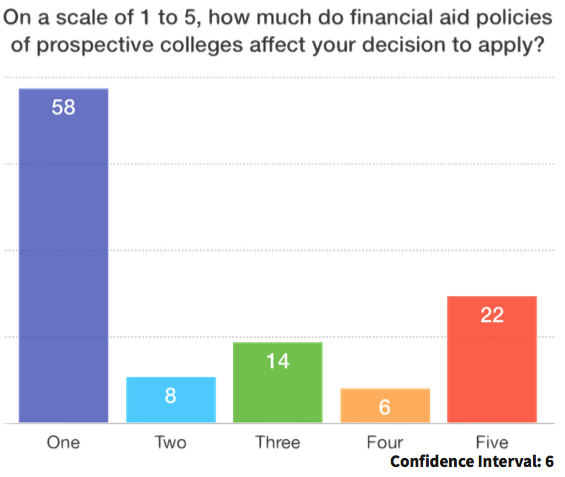
Moreover, most colleges charge an application fee, ranging from free to $90 for one application, with most falling around $75. Ms. Landesman commented, “Some students apply to one college; others apply to ten, fifteen or even twenty (that’s on the higher end).”
Financial aid programs, fee waivers, and scholarships can reduce the costs of the process. Ms. Landesman noted, “Applying for financial aid using the FAFSA is free, but the CSS Profile (required by many private colleges for financial aid) has a fee.” Some students may be limited in applying to certain schools based on the aid offerings and their financial standings.
Ms. Landesman stated, “There are some cost-saving measures one can take. For example, students who apply using the Tulane application, instead of the Common App, do not pay an application fee. Reed and Wellesley do not charge application fees at all; there are other colleges that also do not charge a fee. There is no application fee to the University of Chicago for students who are applying for financial aid. For some large state university systems, you can apply to multiple campuses for one application fee or for a small additional fee. Students who qualify are entitled to fee waivers for a limited number of standardized tests and application fees.”
While efforts have been made to alleviate disadvantages associated with lower socioeconomic status, financial situations continue to influence students’ college admissions processes. Ms. Landesman concluded, “Many colleges are interested in socioeconomic diversity and are sensitive to these issues. Admission officers are interested in access issues, and they work hard to make sure that students are not disadvantaged because of application costs.”

